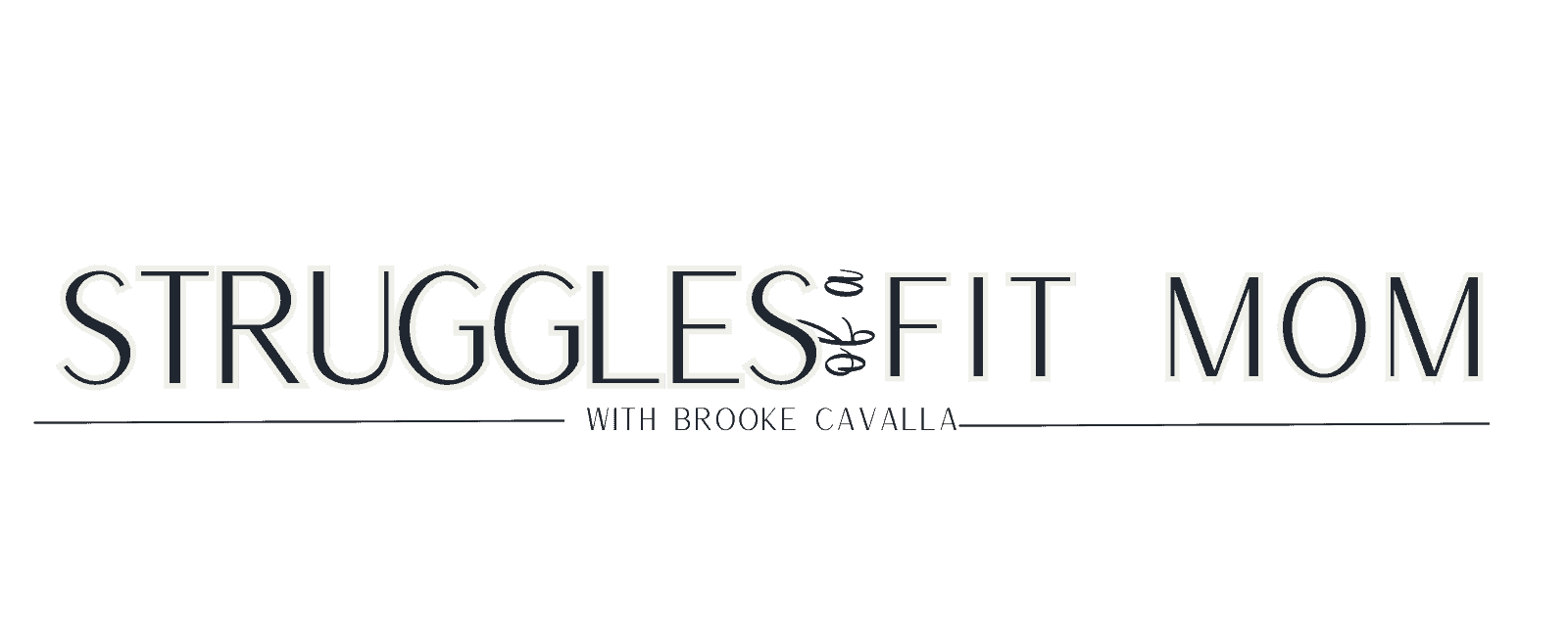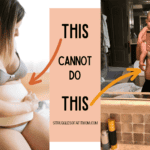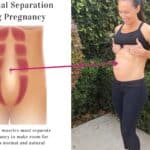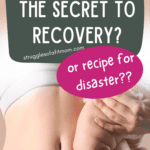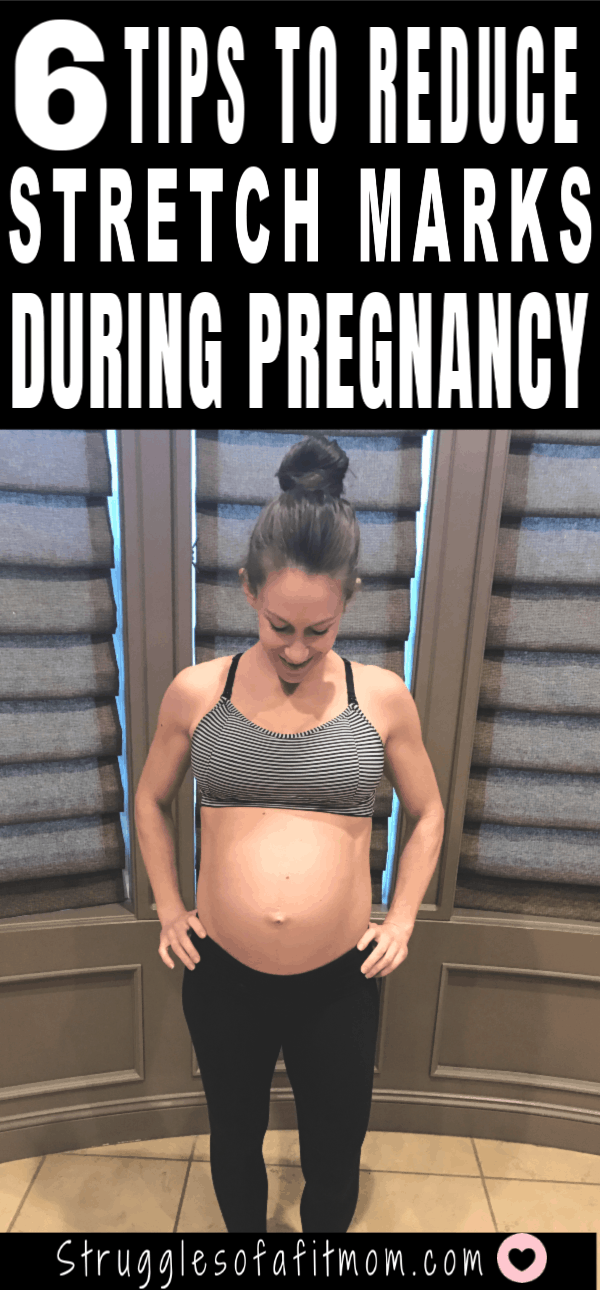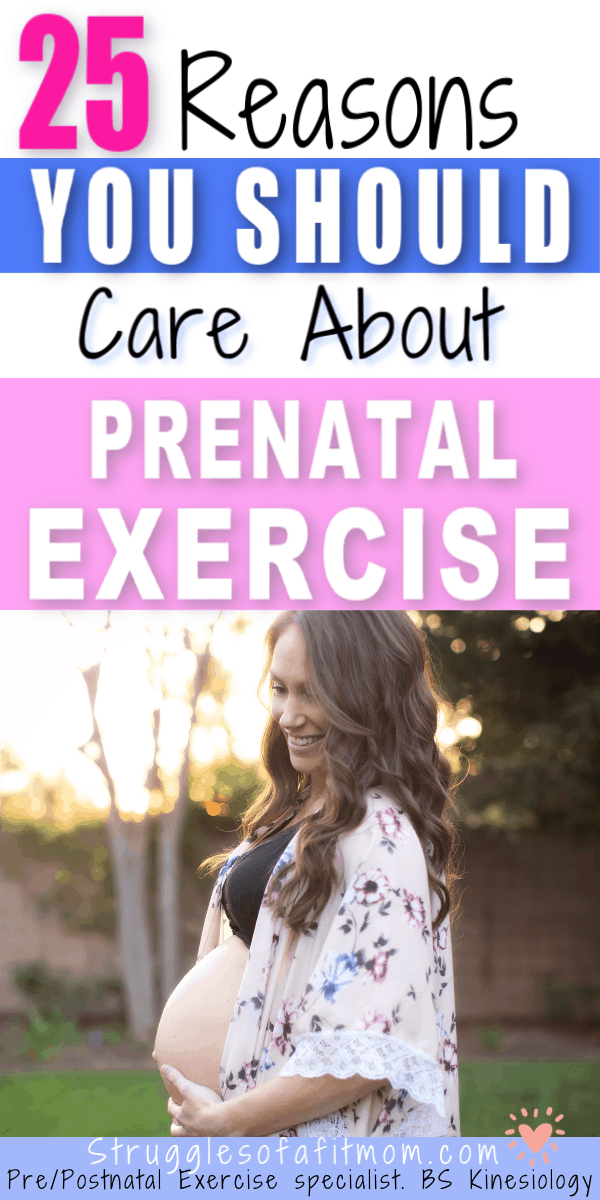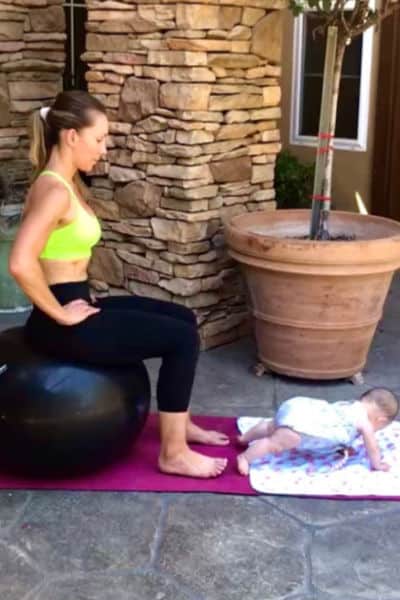Bengkung Belly Binding Postpartum: Is It Worth The Risk?
Inside: Are the benefits of the ancient practice of Bengkung Belly Binding still applicable today? Or does more current research suggest otherwise? If you are considering Bengkung Belly Binding after pregnancy, then you will definitely want to read through this post in order to help you determine if it is safe for your unique postpartum body.
(This post probably contains affiliate links. I receive a small commission at no cost to you through links shared on this website to help keep the information I provide free to you)
As a postpartum core rehab specialist, I am always intrigued by all the different methods people use to help heal and shrink their tummies after pregnancy.
After hearing about Bengkung Belly Binding, I felt compelled to research and understand this type of belly binding after pregnancy.
I “usually” highly advise against wearing postpartum waist trainers because they can often do more harm than good. (you can read about that here).
But what about the ancient practice of Bengkung Belly Binding….
Is this method of belly binding safe?
Are there any risks?
Does belly binding heal diastasis recti or flatten your tummy?
I know how tempting it is to regain your pre-pregnancy size and shape.
But weighing the risk vs. benefits will help you achieve better results in the long run.
So, without further ado, let’s dive into Bengkung Belly Binding so you can make an informed decision on weather or not it is a good idea for you.
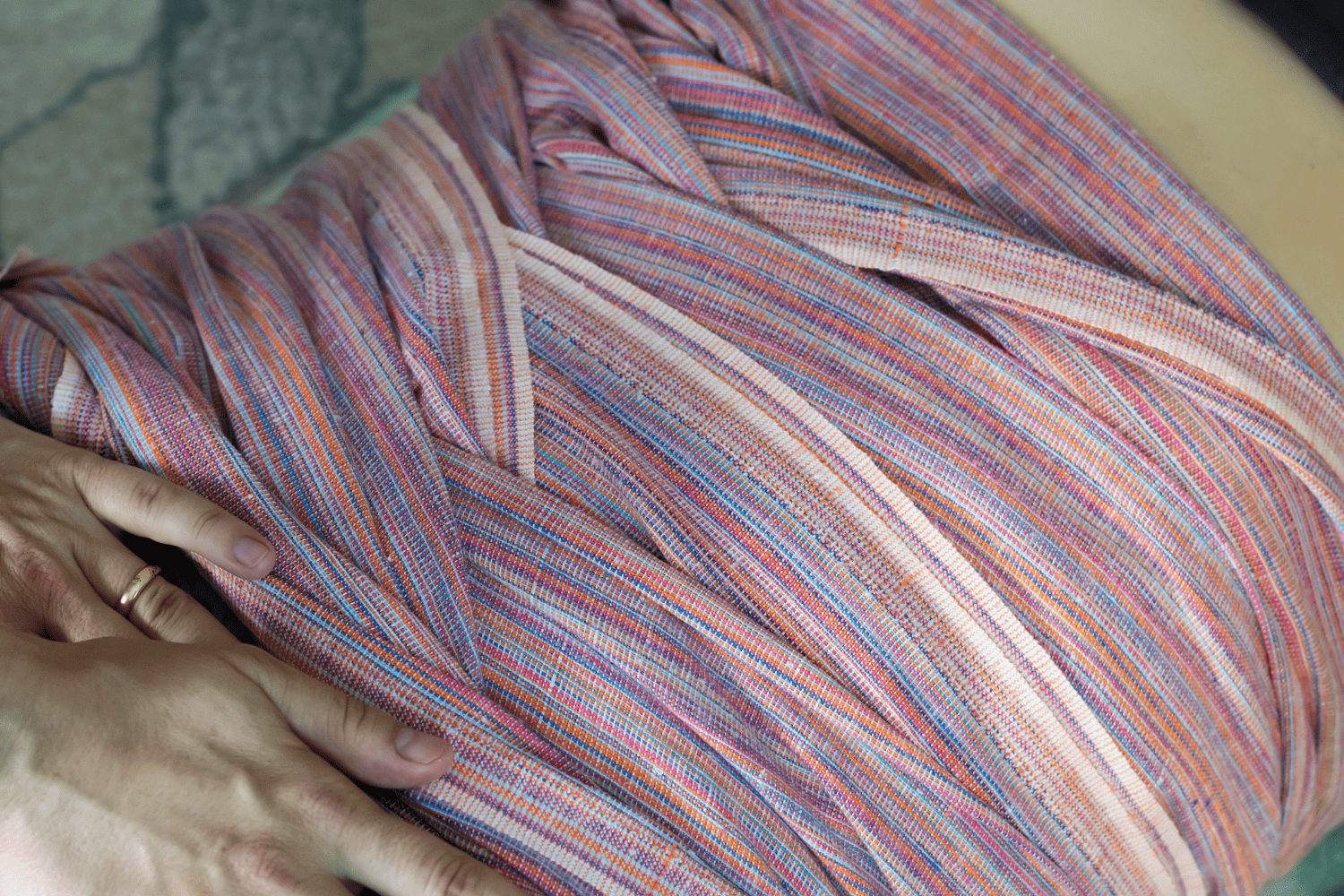
(Disclaimer: Although I am a certified prenatal/postnatal exercise specialist and personal trainer, I am not YOUR trainer. The content on this blog is for informational purposes only and should not be a substitute of the information and advice you receive from a healthcare professional.
Understanding Bengkung Belly Wrapping
Bengkung belly wrapping is an ancient postpartum practice from the Malaysian culture that involves wrapping a long piece of cloth around the abdomen to provide support and compression to the core muscles after pregnancy.
Long strips of cloth typically start at the hips and wrap around the core up to the ribcage. It is then secured in place with knots or clips.
It is believed that postpartum belly binding can help new moms recover more quickly after childbirth by providing physical support to the abdominal muscles and promoting healing but these claims have not been scientifically proven.
The practice of using a postpartum belly wrap has been around for centuries and used by various countries around the world.
They are believed to help promote weight loss, aid in healing, reduce swelling, flatten the stomach and provide physical support after pregnancy.

How Pregnancy Affects The Core Muscles
Before diving into the possible benefits of bengkung belly binding, it is important to have a brief understanding of what happens to the core during pregnancy.
During pregnancy, the abdominal muscles begin to stretch and separate in order to make room for the developing fetus.
The stretching primarily occurs at the thin connective tissue called the Linea Alba which holds the two rectus abdominis muscles together.
As it stretches, it becomes thinner which causes a weakening of the muscles that support the abdominal wall.
And as the baby continues to grow, the internal organs can be pushed out of the way.
This is all a natural and normal part of pregnancy and is nothing to fear.
However, after pregnancy it becomes important for the body to restore core strength and function.
A weak core as a result from pregnancy can lead to chronic discomfort, pain, and even long term health issues such as urinary incontinence, diastasis recti, chronic back pain and pelvic pain.
The good news is that there are a lot of ways to help heal the core after pregnancy.
I’ve done it four times!
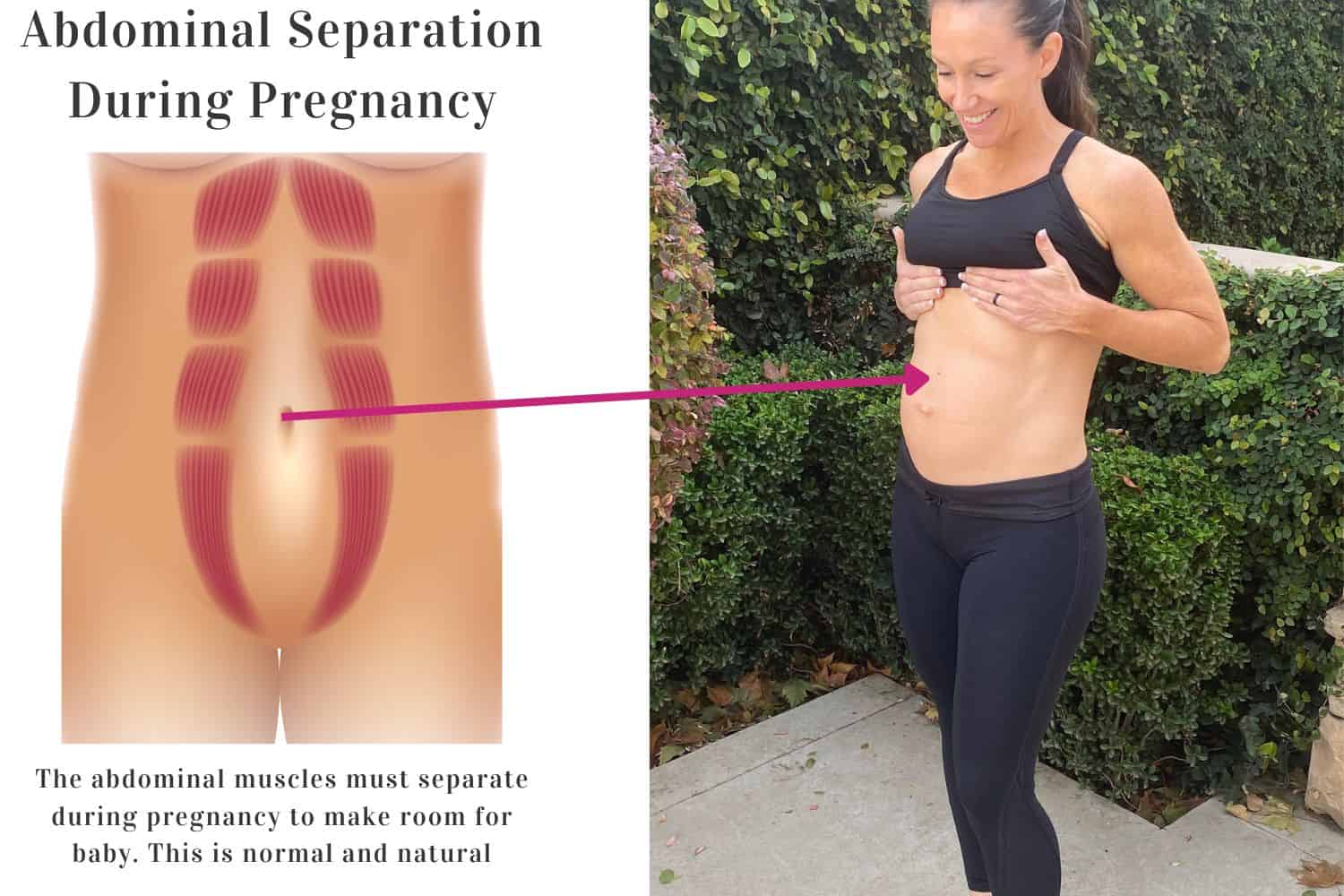
Abdominal Separation During Pregnancy
It is not possible to prevent abdominal separation during pregnancy. However, you can minimize the degree of separation by maintaining core strength during pregnancy, being aware of moments that can make it worse and maintain a healthy weight gain. Diastasis Recti is a condition in which the abdominal muscles separate by greater than two fingers width and are unable to close on their own.
7 Possible Benefits of Bengkung Belly Wrapping
There is very little research to support the reported claims of belly binding. While some moms swear by it, there is no conclusive evidence to support their claims.
At its core, Bengkung Belly Binding is about providing strong support, stability and comfort during the postpartum recovery process.
1. Abdominal Wall Muscle Retraction
We talked about how the abdominal muscles stretch at the linea alba to make room for the growing baby.
The overstretching of this connective tissue is what can cause Diastasis Recti.
Belly binding can help hold the two abdominal muscles together to help you feel stronger and more supported.
However it WILL NOT provide a long term solution to a weak, dysfunctional core which can result in a tummy pooch, leaking urine, back pain and pelvic pain.
Although some websites have claimed that belly binding can heal diastasis recti, this is simply not true.
If the core muscles are not strengthened properly after pregnancy, the lina alba can remain stretched, thin and weak and you may still have a tummy pooch, leaking or pain.
Related: 6 Basic Postpartum Ab Exercises To Heal a Pooch
2. May Help Shrink The Uterus
Belly binding is thought to help encourage the uterus to contract and return to its pre-pregnancy size more quickly.
This process does happen naturally but some believe the constant pressure of a wrap helps speed up the process.
3. Postural Support
Belly binding can help you maintain good posture after delivery.
It can support the abdominal area which can help you to sit up straighter and alleviate back pain and other discomforts.
A temporary belly wrap will help you feel more supported in those early postpartum days.
Related: 15 Exercises To Make Breastfeeding Less Painful on Your Back
4. Emotional Support
The postpartum period can be an emotional time and challenging time, especially for first time moms.
Proponents of Bengkung Belly Binding say that the process of being wrapped in a soft, comfortable cloth can be soothing and comforting; providing both emotional and physical support.
5. Assist The Healing Process
Bengkung belly binding claims to help improve circulation, reduce swelling and inflammation by providing gentle compression and support to the abdominal area.
Think of it Like This
Think about belly binders as casts for a broken arm or injured knee. You wouldn’t wear it forever, right? Eventually the muscles would weaken and maybe even atrophy. Once the cast is removed, those muscles will have to be strengthened in order to provide the support that the cast was providing.
This same concept applies to belly binding. It should not be used as a long term solution because your core muscles can continue to weaken. This can cause healing issues down the line.
What Belly Binding CAN’T Do
Most moms turn to postpartum belly binding to help regain their pre-pregnancy shape.
And I definitely understand the temptation of quick fixes.
But unfortunately, belly binding isn’t a magical solution to “get your body back” after pregnancy.
I know this isn’t the news you were hoping for!
But I’ve seen too many moms who have been left feeling frustrated and defeated when their core doesn’t respond the belly wrapping like the claims.
1. Belly binding and/or waist training can not tone your core muscles.
I have seen numerous claims that belly binding or waist trainers can help tone the abdominal muscles.
Unfortunately, muscle “toning” isn’t that simple.
(I wish it were!)
The only way you can “tone” a muscle is through resistance training.
Muscles growth occurs through resistance training, not compression.
Relying on a postpartum belly wrap may cause muscle loss because you are relying on an external mechanism for support instead of using your own core muscles. Over time, the muscles can become weaker and your belly may even feel softer.
Related: Postpartum Waist Trainers- The Ugly Truth On Why They Should Be Avoided
2. Belly Binding Cannot Heal Diastasis Recti
Take this analogy for example….
Let’s say you tear your rotator cuff significantly enough that it needs surgery or a sling to immobilize the shoulder and assist in healing.
Over time, the muscles will begin to weaken because they are not being used.
After a few weeks, the doctor would likely remove the sling and prescribe rehabilitation exercises from a physical therapist to help strengthen the muscles that support the shoulder joint.
This same concept applies to the core after pregnancy.
If you have a diastasis, belly bands or wraps may be a great way to support the core TEMPORARILY after pregnancy.
However, the only way to truly heal diastasis recti is through core rehabilitation exercises.
Wearing a binder for a long time will eventually cause more harm than good.
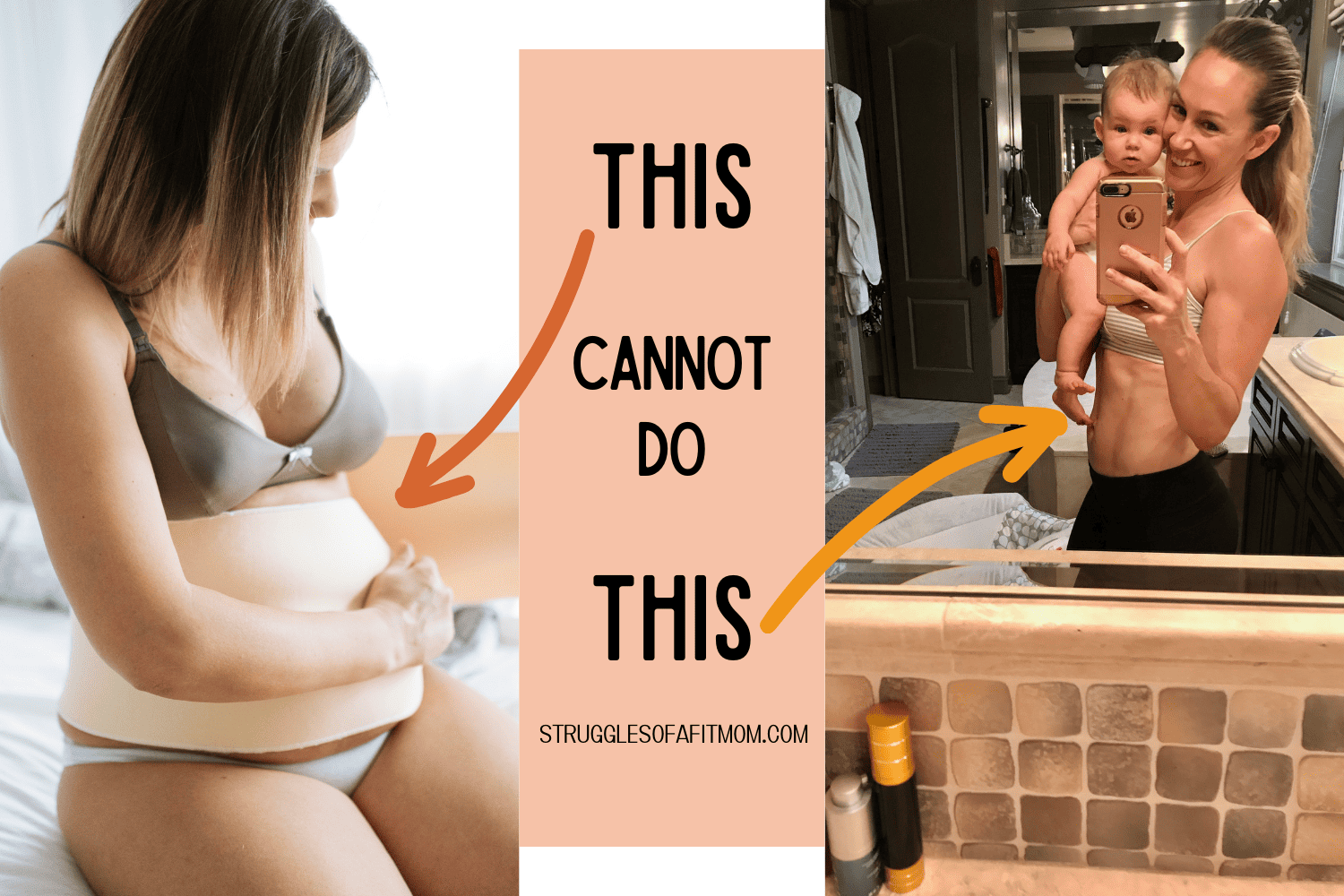
Cons of Bengkung Belly Wrapping
Okay, now that you know some potential benefits of belly wrapping after pregnancy, lets look and the potential.
How To Get Started With Bengkung Belly Binding?
If after reading the information above and you decide to give Bengkung Belly Binding a try, here are some tips to get started.
1. Get Clearance From Your Healthcare Provider
Always speak with your healthcare provider before starting any new postpartum practices like belly Binding to ensure that it is safe and suitable for your specific circumstances. While it can be a helpful tool for postpartum recovery period, it is not appropriate for everyone.
2. Choose the Right Wrap
There are many different types of wraps available, but the most popular are made from soft, breathable materials like cotton or muslin. Look for a high quality material such as cotton muslin fabric. Make sure the wrap is long enough to wrap around your belly several times, starting from your rib cage.
3. Learn How to Wrap
There are several different techniques for wrapping but the basic principles are the same. You can either wrap over a thin piece of clothing like a tank top or wrap on bare skin. There are many online tutorials and videos available that can help you learn how to wrap your belly correctly.
Step 3: Practice, Practice, Practice
Like any new skill, mastering Bengkung belly wrapping takes practice. It’s a good idea to practice wrapping your belly a few times before you actually need to use it postpartum. This will help you get comfortable with the technique and ensure that you are wrapping your belly correctly.
Step 4: Start Wrapping Postpartum
If you choose to bind your core postpartum, you can wear your wrap for several hours a day depending on your comfort level.
Is there a Difference Between a Waist Trainer and Abdominal Binder?
One of the main differences between Bengkung belly binding and waist training is their purpose.
Bengkung belly binding is primarily used for postpartum recovery, while waist training is used for cosmetic purposes such as cinching the waist to create an hourglass figure.
Another difference between the two methods is their safety.
Bengkung belly binding is generally considered safe when done correctly, as it provides gentle support without constricting the waist or causing discomfort.
Waist training, on the other hand, can be harmful when done improperly.
Wearing a tight corset or waist trainer for extended periods of time can lead to breathing difficulties, digestive problems, and even organ damage.
Other Tips To Heal The Core After Pregnancy
In addition to Bengkung belly wrapping, there are other things you can do to help heal your core after pregnancy.
Other Frequently Asked Questions
Can I Exercise While Wearing My Band?
I do not recommend wearing a belly wrap during exercise.
If your core feels too weak to perform certain exercises, it is recommended to work on strengthening your core and improving breathing patterns in order to support your workouts and daily activities.
Can postpartum belly binding help with weight loss?
Unfortunately no, belly binding can not help your body lose weight.
You may lose a little water weight while wearing a wrap however the only way to lose fat is with a calorie deficit through healthy eating and exercise.
How Long Can You Wear the Band?
Some resources state that a wrap can be worn for up to 10-12 hours a day. However this will depend on you and your own unique body.
My Opinion On The Matter (if you read this far!)
I think these wraps are beautiful and I am facinated by how different cultures practice belly binding a little differently.
However, in my professional opinion, any type of postpartum belly binding should be used with caution.
It can be great tool to help mothers feel more supported, stable and possibly comfortable during the transitional postpartum phase.
However, it should not be used as a permanent solution to help restore body shape, get a flatter stomach or lose weight.
The only way to achieve these results is through lifestyle changes, postpartum core rehabilitation exercises and a healthy postpartum workout routine.
And the time it takes to wrap the abdomen can be better used to help actually strengthen and heal the core the proper way!
FACT CHECK
Struggles of a Fit Mom uses only high-quality sources, including peer-reviewed studies, to support the facts within it’s articles. Read my editorial process to learn more about how I fact-check and keep my content accurate, reliable, and trustworthy.
Abcs. (2017, September 15). 4 reasons to throw your waist trainer in the trash. ABCS. https://www.americanboardcosmeticsurgery.org/popular-posts/4-reasons-throw-waist-trainer-trash/
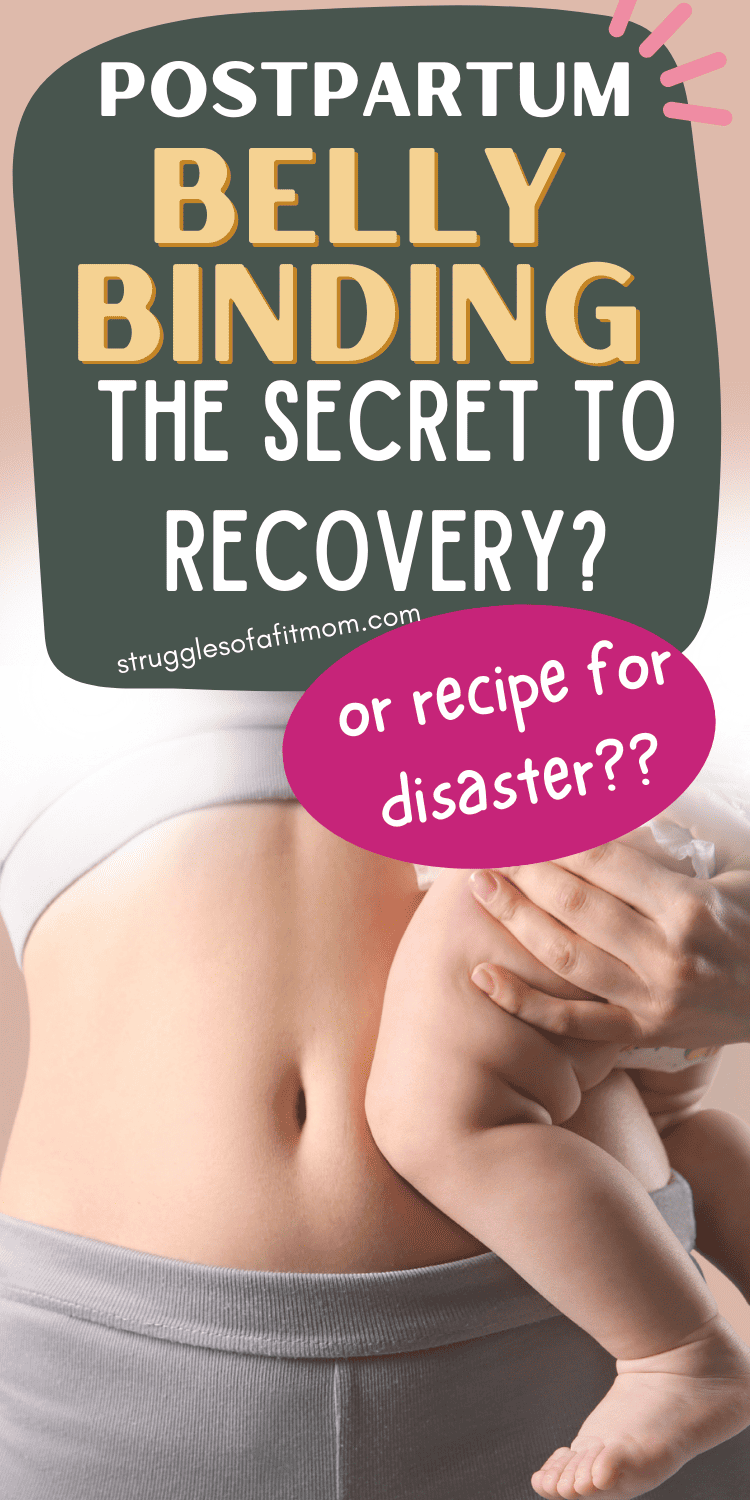

Brooke is a certified Prenatal and Postnatal Exercise Specialist with a Bachelors of Science degree in Kinesiology-Exercise Science. She is also a mom of 3 girls with more than 15 years of experience in health and fitness. Brooke’s goal at Struggles of a Fit Mom is to help motivate, educate and inspire other busy mamas who struggle with finding time, energy and motivation to take care of themselves in the chaos of motherhood.

